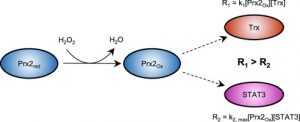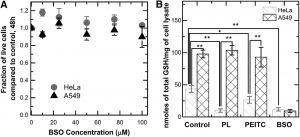Kassi T. Stein and Hadley D. Sikes, in revision.
Troy F. Langford, Beijing K. Huang, Joseph B. Lim, Sun Jin Moon, Hadley D. Sikes. “Monitoring the action of redox-directed cancer therapeutics using a human peroxiredoxin-2-based probe,” Nature Communications, 2018, in press.
Troy F. Langford, William M. Deen, Hadley D. Sikes. “A mathematical analysis of Prx2-STAT3 disulfide exchange rate constants for a bimolecular reaction mechanism,” Free Radical Biology and Medicine, 2018, 120: 239-245.

Hadley D. Sikes.“Redox regulation: Scaffolding H2O2 signaling,” NatureChemical Biology, 2017, 13: 818–819. doi:10.1038/nchembio.2432.
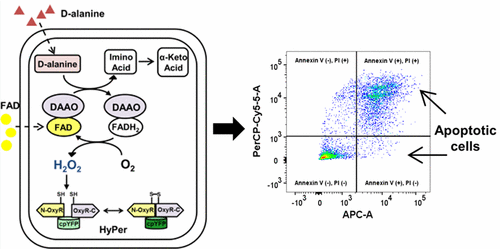
Beijing K. Huang, Kassi T. Stein and Hadley D. Sikes. “Modulating and measuring intracellular H2O2 using genetically-encoded tools to study its toxicity to human cells,” ACS Synthetic Biology, 2016, 5 (12): 1389–1395. DOI: 10.1021/acssynbio.6b00120.
Beijing K. Huang, Troy F. Langford, and Hadley D. Sikes. “Using sensors and generators of H2O2 to elucidate the toxicity mechanism of piperlongumine and phenethyl isothiocyanate,” Antioxidants and Redox Signaling, 2016, 24 (16): 924-938. DOI:10.1089/ars.2015.6482

Joseph B. Lim, Troy F. Langford, Beijing K. Huang, William M. Deen and Hadley D. Sikes. “A reaction diffusion model of cytosolic hydrogen peroxide,” Free Radical Biology and Medicine, 2016, 90: 85-89. DOI:10.1016/j.freeadbiomed. 2015.11.005.
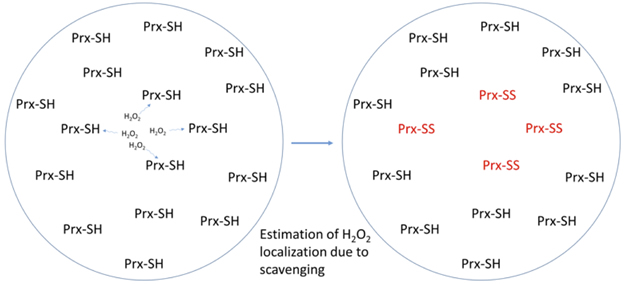
Joseph B. Lim, Beijing K. Huang, William M. Deen and Hadley D. Sikes. “Analysis of the lifetime and spatial localization of hydrogen peroxide generated in the cytosol using a reduced kinetic model,” Free Radical Biology and Medicine, 2015, 89: 47-53. DOI:10.1016/j.freeradbiomed.2015.07.009.
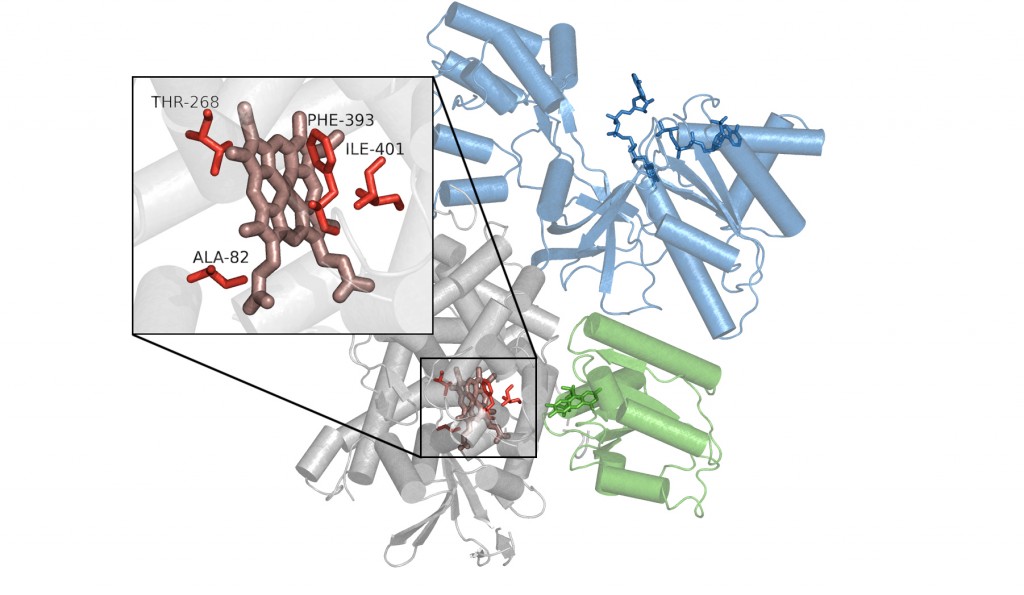
Joseph B. Lim, Kimberly A. Barker, Kristen A. Eller, Linda Jiang, Veronica Molina, Jessica Saifee, Hadley D. Sikes. “Insights into electron leakage in the reaction cycle of cytochrome P450 BM3 revealed by kinetic modeling and mutagenesis,” Protein Science, 2015, 24 (11): 1874–1883. . (Cover Story)
Beijing K. Huang*, Sohail Ali*, Kassi T. Stein, and Hadley D. Sikes, “Interpreting heterogeneity in the response of cells expressing a fluorescent biosensor to stimulation with hydrogen peroxide,” Biophysical Journal, 2015, 109 (10): 2148–2158. DOI:10.1016/j.bpj.2015.08.053.
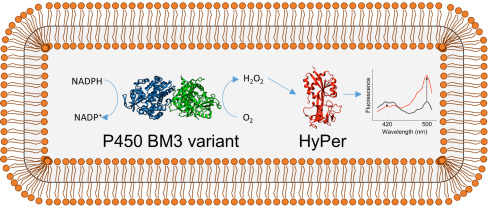
Joseph B. Lim and Hadley D. Sikes. “Use of a genetically encoded hydrogen peroxide sensor for whole cell screening of enzyme activity,” Protein Engineering, Design and Selection, 2015, 28 (3): 79-83. DOI:10.1093/protein/gzv003.

Hadley D. Sikes and Nicola Zamboni. “Analytical Biotechnology,” Current Opinion in Biotechnology, 2015, 31:iv–vi. DOI:10.1016/j.copbio. 2014.12.001.

J. B. Lim, K. A. Barker, B. K. Huang, H. D. Sikes. “In-depth characterization of the fluorescent signal of HyPer, a probe for hydrogen peroxide, in bacteria exposed to external oxidative stress,” Journal of Microbiological Methods, 2014, 106: 33-39. DOI:10.1016/ j.mimet.2014.07.038.
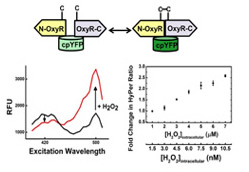
B.K. Huang and H.D. Sikes. “Quantifying intracellular hydrogen peroxide perturbations in terms of concentration,” Redox Biology, 2014, 2: 955–962. DOI: 10.1016/j.redox.2014.08.001. (Redox Signaling Collection)


